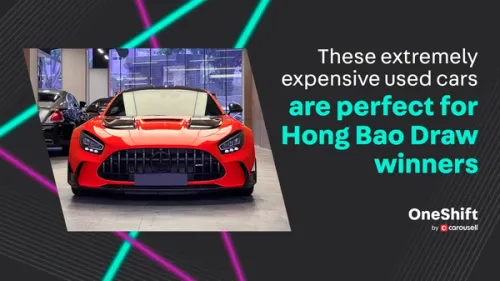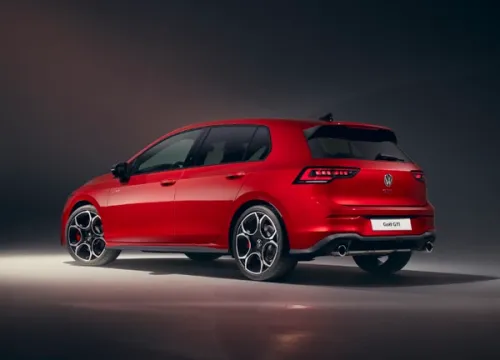Making a Head start
Drivers' helmets are the best way to tell who's who during a race

It is not uncommon that a driver changes his helmet design so as to be better differentiated from his team mate's. This was the case for Michael Schumacher back in 2000 when Rubens Barrichello joined him at Ferrari. The Brazilian's helmet colour scheme of orange and white was pretty similar to Schumi's at the time so the latter decided to change the base colour of his lid from white to orange to give the team, commentators and spectators a better them to spot who's who.
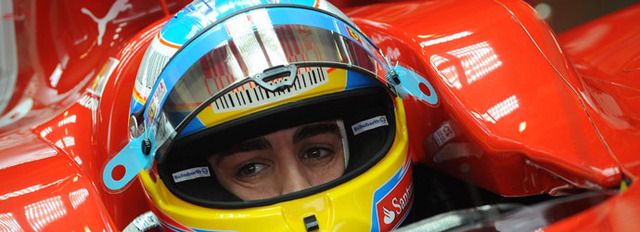
While some drivers have randomly designed helmets, others use designs that have significant meanings to them. Lewis Hamilton's yellow helmet design might echo that of his childhood hero's Ayrton Senna's but he claims that the late Brazilian had nothing to do with the design. Lewis attributes the design to his father who had trouble looking out for him when he was competing in junior karts. He kept the basic design ever since.
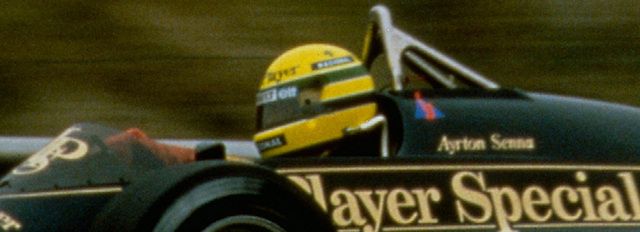
There has been some unmistakable helmet design and colours in the past. Lids like Jacques Villeneuve's, Gerhard Berger's, Nigel Mansell's and David Coulthard's will always remain in memory as the most recognizable during their time but probably the most iconic helmet design has to Ayrton Senna's - the image of that yellow, green and black helmet and the red and white McLaren Honda will forever be etched in the hearts of all Formula One fans.
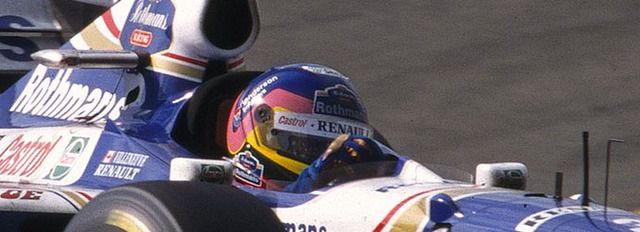
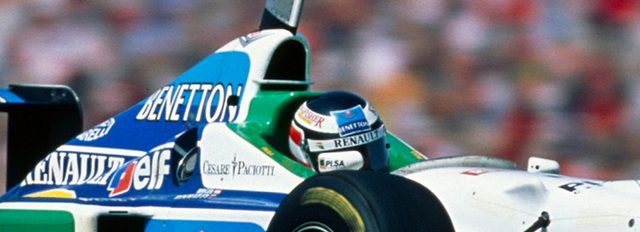
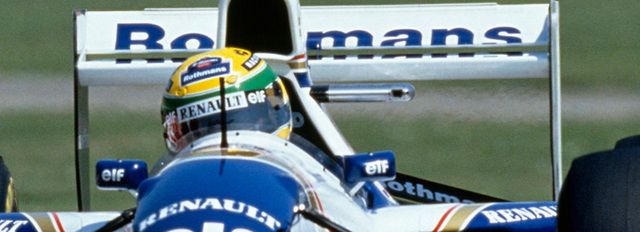
Other than by the driver's helmets, there are other ways to recognize a particular driver from his team mate drving the same liveried car. The most old fashioned way is of course by reading the competition numbers that all cars carry. These numbers are usually pasted on the car's nose and on the rear wing end plates. The numbers are not exactly visible though as they are often vershadowed by larger and more prominent sponsor logos.
So why hasn't any team have differing paint schemes for their two cars then? The reason is plain simple - it is just not legal for a team to field two cars with differing paint schemes or liveries. British American Racing (BAR) tried to do so when it first entered Formula One in 1999. It showed off two cars with differing liveries at the pre-season launch - one in 555 colours, the other was in Lucky Strike livery. The FIA said it was illegal and the team responded by introducing the ‘dual livery' car - 555 colours on one side, Lucky Strike on the other separated by a ‘virtual' zip.
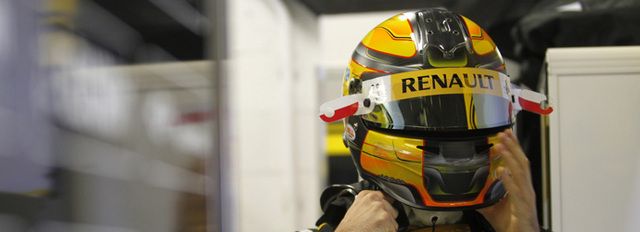
Credits: Story by Raymond Lai hotos by Ferrari, Renault F1 Team, Mercedes GP and Red Bull Racing


Get the Best Price for your used car
from 500+ dealers in 24 hours
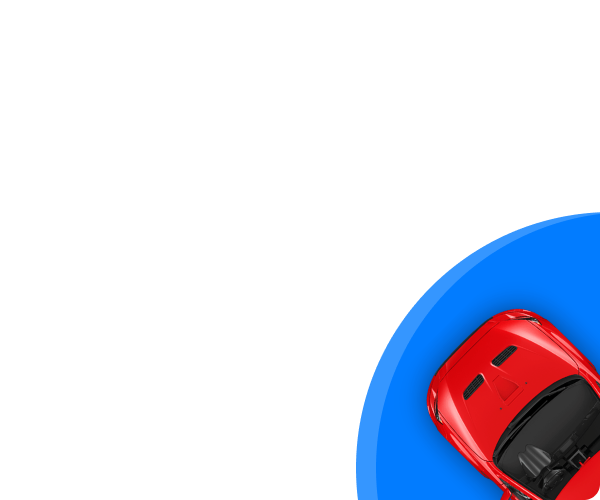
- Convenient and Hassle-Free
- Consumer Protection
Transparent Process
With No Obligation
